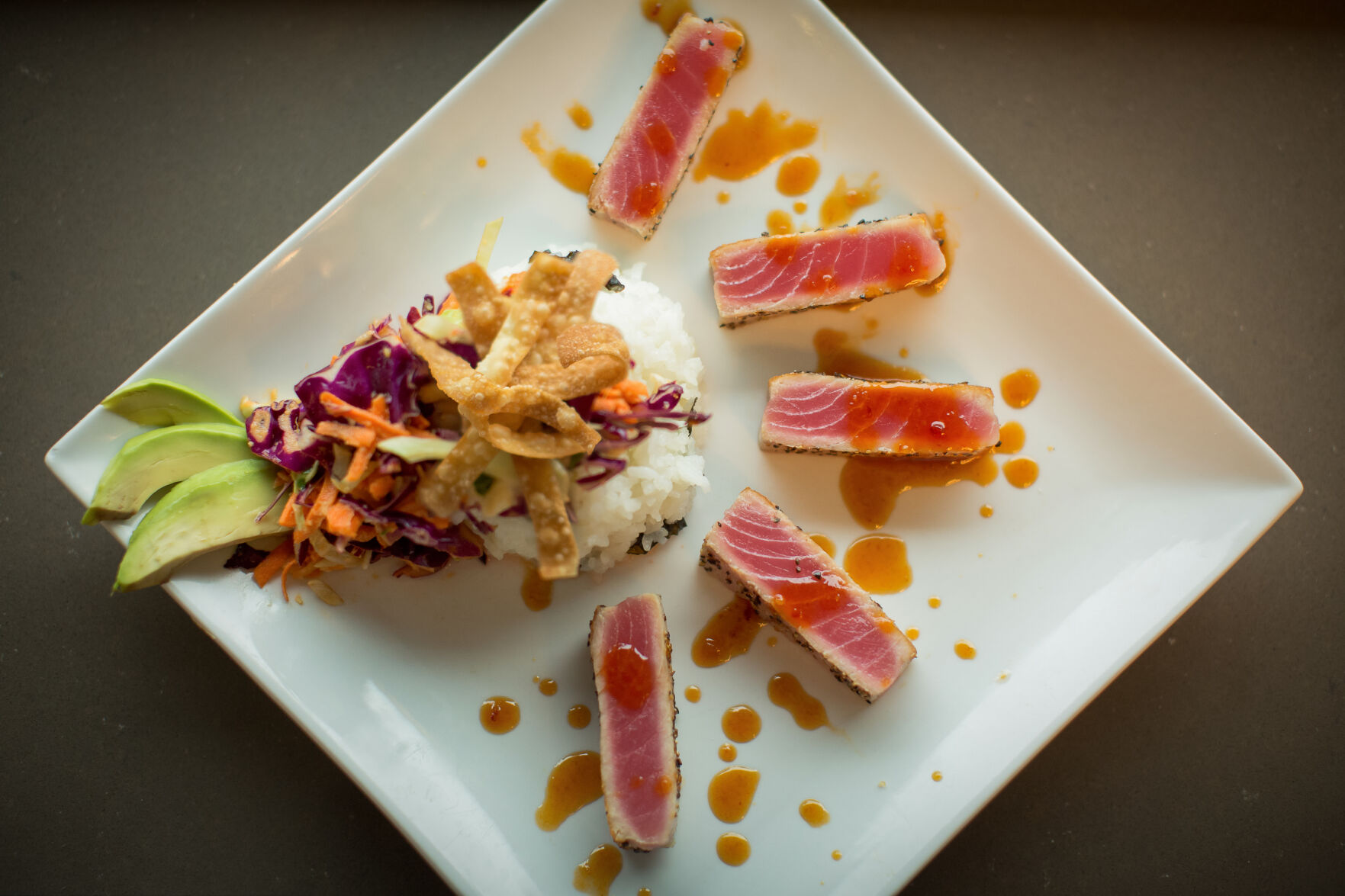In Hoxie, a windswept northwest Kansas town of 1,200 people, reservations must be made in advance at the Elephant Bistro and Bar.
It might seem unusual for a one-stoplight town on the sparsely populated High Plains—a region more populated with cattle than residents. Hoxie is off the beaten path—20 miles from the interstate and more than an hour west of the closest epicenter—Hays.
Nonetheless, this small Kansas town is bursting with creative culinary energy. Folks come—some even driving 150 miles away—to eat French-influenced cuisine sourced largely from the region.
It may not have happened if Emily Campbell and her husband, Doug, hadn’t decided to return to their hometown and invest in their community.
“I took a leap of faith,” Emily said. “Now we’re a destination.”
Meanwhile, theBarn—a restaurant in Burrton, Kansas, population 900—is experiencing the same scenario. Nestled on the side of U.S. Highway 50, theBarn can seem somewhat inconspicuous. It is housed in a red metal barn-style building with no flashy signs.
Yet, on any given day, cars fill the parking lot as diners flock from all over to taste chicken fried steaks and other home-cooked food and desserts, plus soak up the authentic country atmosphere.
Lesley and Karl Matlack would never have imagined it when they first dreamed up the idea of filling a need in their small town.
“We get people from all over,” said Matlack. “And it just blows me away.”
In the heart of rural Kansas, these two restaurants are serving up more than just delicious food—they’re helping to revitalize their communities and keep them alive. They serve as a gathering place for locals, providing a vital social hub in small-town America, while also attracting visitors from miles away.
It may be part of a larger movement. Countless other rural dining establishments are breathing economic vitality into their rural Kansas towns. Marci Penner, president of the Kansas Sampler Foundation, can count dozens of small-town eateries that are making a name for themselves as destination worthy in towns of 1,250 or less.
It’s not easy. Those with the guts and ambition to open an establishment in a small town have always amazed her. It’s hard work and the challenges can be steep. In the last four years, some have shuttered due to COVID, employee shortages and, most recently, rising food prices.
Community support is crucial. However, most establishments can’t just rely on local traffic, she said. That’s why many have gotten creative. They’ve found a unique niche—such as specialized cuisine, cool decor or a reputation for quality and small-town charm.
“These restaurants help their small towns stay vital,” Penner said. “And in some of these towns, where the restaurant might be the only business remaining, that makes all the difference in the world.”
Amy Bickel can be reached at [email protected].




